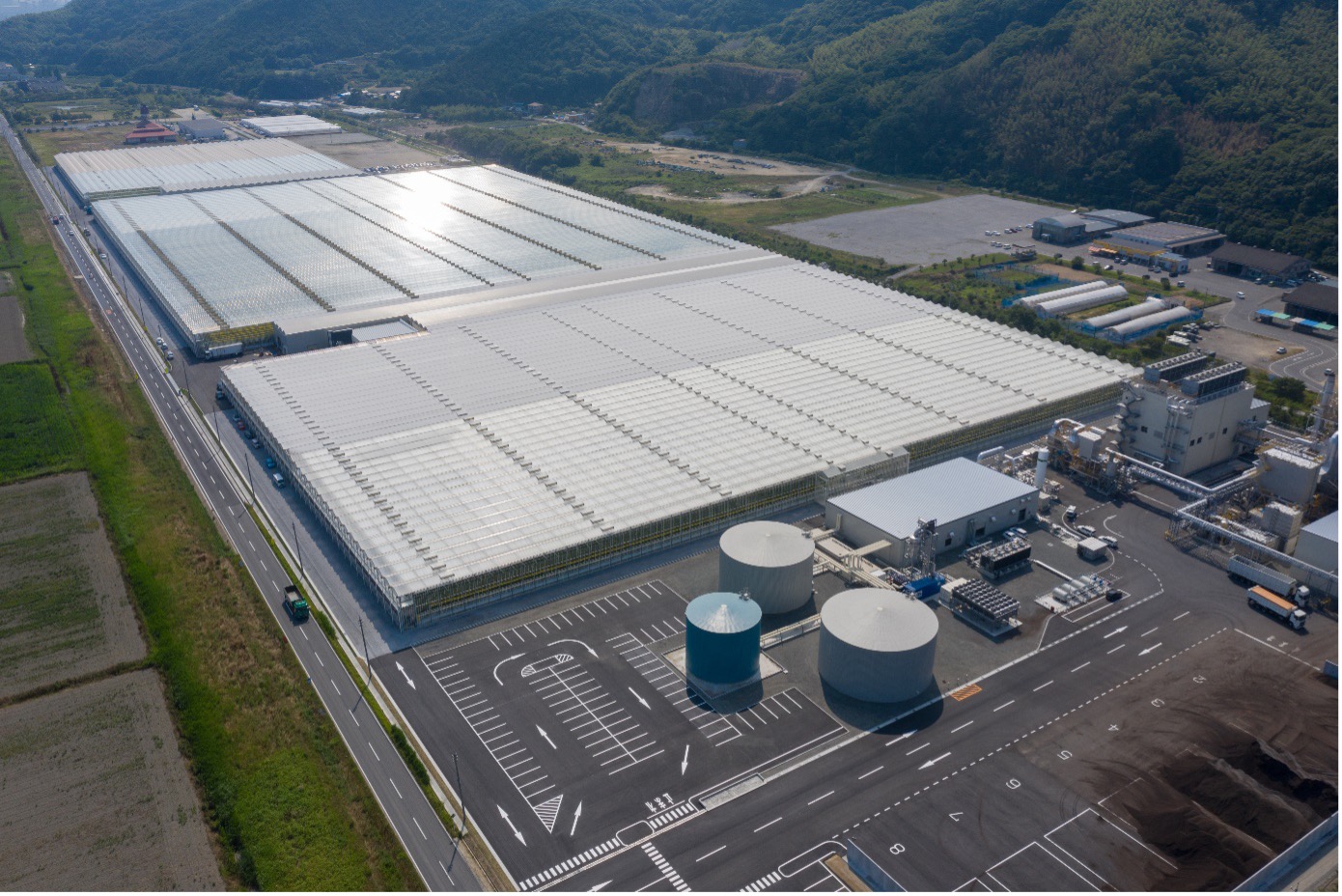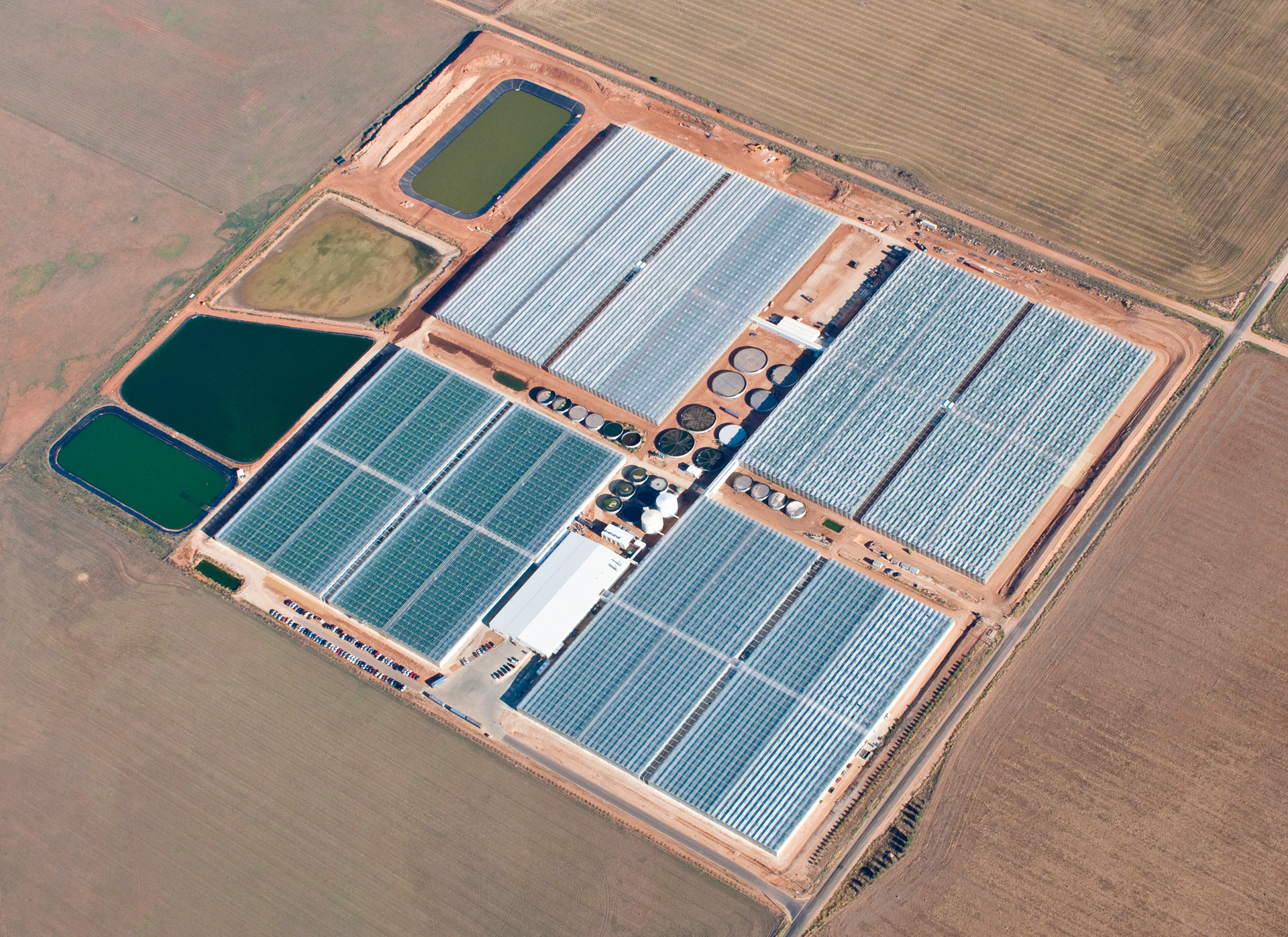Urban waste streams covers a broad range of potential resources that remain largely unused today. From collected municipal waste and sewage to industrial- or agricultural by-products created in fulfilling urban needs.
Reuse Waste Streams
The demand for the four key resources needed in high-tech greenhouses; water, energy, nutrients and CO2, are obtained from urban waste streams using proven technology.
CO₂ | An important building block for photosynthesis and therefore essential for plant growth
A higher concentration, achieved by additional CO2 injection, increases the yield and quality of our nutritious fruits and vegetables.
Read more on Van der Hoeven greenhouse SARA Japan ‘Recovering CO2 & Heat’, a concrete example of the cross-over that can happen when the energy & food sector join hands.

Energy | Crops need to thrive throughout the year, even in the harshest weather conditions.
And for truly circular growing, the thermal and electrical energy needed to create the perfect indoor growing conditions comes from sustainable sources only.
Energy can be obtained from waste in many ways. Biodigesters and waste-to-energy projects directly generate heat and electrical power from waste on-site. Collaboration with industry gives a second use to residual heat from industrial processes. Even low-grade heat from sewage water can be extracted, upgraded and put to good use.
With energy often having a share of up to 30% in the operational cost, the use of energy from waste not only eliminates the dependency of fossil fuels and their volatile markets, but greatly reduces the operational cost in the process.
At Tom D’Aqui they understood this from the start. By collaborating with a nearby waste-to-energy plant and use of forestry residue, Tom D’Aqui managed to minimize their fossil share.

Nutrients | Hydroponic growing means that plants no longer extract nutrients from the soil.
Instead, the supply of nutrients comes with water and is controlled with high accuracy to make sure the plants get exactly what they need, when they need it.
Just like in nature, the necessary nutrients are excreted by animals and are formed in the decomposition of biological material. When residue from livestock industry, sewage treatment or plant based biological sources is used to generate energy and CO2 in a biodigester, the digestate that remains is a stabilized source for the required nutrients.
In many cases, the required nutrients are already present in the correct ratio, a unique treat of nature where plants have adapted their needs to natural fertigation sources. The use of nutrients from biological waste paves the way to organic growth and greatly reduces the impact of synthetic fertilizer production. One of the mayor contributors of greenhouse gas emissions.
Read more on Van der Hoeven case study Green Camel, Australia Recovering Water & Nutrients

Water | An essential part of life is water, without it our crops cannot grow.
In Van der Hoeven greenhouses, water and nutrients are continuously recirculated, significantly reducing the water demand, up to 95% compared to open field crops.
For the little water that we do use, rainwater is collected from the greenhouse roof where possible and supplemented with treated domestic- or industrial waste water.
Crops are irrigated without depleting non-renewable natural water resources and the loss of fresh, (non-saline) water to the oceans is limited. Additionally, droughts are no longer a risk to growing operations
In a water stressed area close to Adelaide, this form of water reuse is exemplified. Using a pipeline to the Bolivar wastewater treatment plant, the crops are irrigated, even throughout the driest periods of the year. A great showcase of the synergies created when the water and food sector collaborate to overcome climate challenges.
